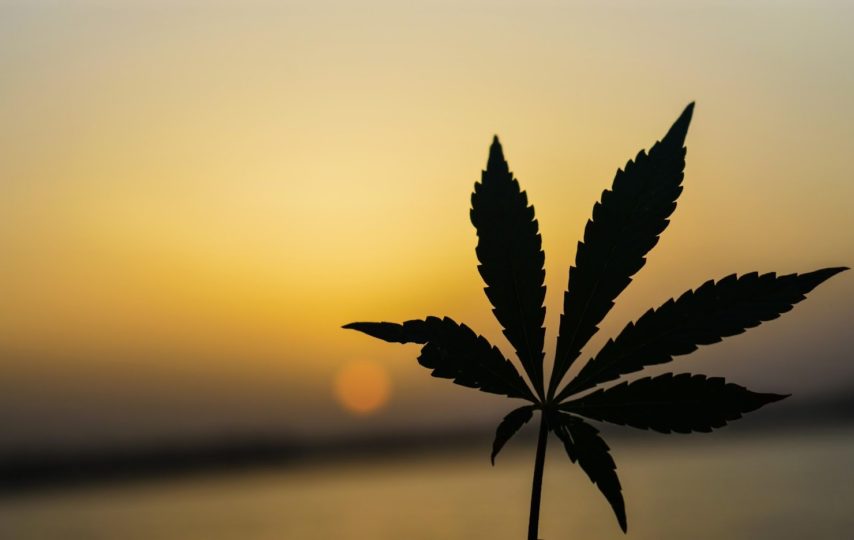The use of cannabis dates as far back as 2700 B.C. This substance was highly valued for its therapeutic effects. Even people in high places like the Chinese Emperor Sheng Nung used cannabis to alleviate disease symptoms. Cannabis has virtually always been around, according to a report published in June of 2019 by Michelle Z. Donahue; traces of high grade “pot” were found in 2.500-year-old artefacts. These artefacts were buried by people who probably lived beside the Silk Road in China and used cannabis for recreation, religious and medicinal purposes. Although it was highly valued and useful, it was eventually banned, beginning in Arabia in the 1300s. Most countries followed suit in the 1800s.
The arguments that were presented by lawmakers of that time were not backed by scientific evidence. The lawmakers linked cannabis to potent narcotics such as heroin. They also cited that cannabis was addictive. Some historians believe that the ban on cannabis was also influenced by racism and countercultures, particularly against the Rastafarians. On the medical front, they raised reasonable concerns such as safety. Cannabis is an intoxicant and hence could not be used for medicinal purposes. In the late 1800s, scientists commenced an extensive study on cannabis to find actual facts.
Nowadays, according to the National Institute of Drug Abuse, May 2018 publication, in 2017, the National Institute of Health (NIH) supported 330 projects and spent $140 million on cannabinoid research and development. Even Singapore, renowned for the world’s most stringent drug laws, is funding research projects on medical treatments containing synthetically derived compounds of the cannabis plant. In this article, we aim to carefully describe some of the ways in which technology has changed the cannabis industry.
The Use Of LED Lights
One of the major problems with growing cannabis is that the plant has an insatiable appetite for wide-spectrum light to develop healthy leaves. In tropical climates, the sun provides everything that the plant needs, but large-scale indoor grow operations use high-intensity discharge lamps, which are usually expensive and consume a ton of electricity.
Many businesses now rely on technologies like LED bulbs. LED technology is able to emit a wideband light spectrum and provide enough light during the vegetative stage for better cannabis production. Manufacturers also offer directional lamps that more effectively point light rays at the growing plants. Newer bulbs also produce much less heat, which allows cannabis growers to save on ducting and temperature control, unlike other bulbs.
Methods Of Extraction & Processing
Improvements in CO2 extraction machines have enabled companies to separate medicinal compounds from other cannabis elements and remove unwanted components of the plant. For example, in the CBD industry, this means oils can directly be extracted from low-THC hemp plants, greatly increasing the industry’s overall ability to produce high-quality CBD products. Additionally, users can take various options of CBD products such as CBD isolate, broad-spectrum and full-spectrum. Users can also purchase a weed vape like the top of the range, volcano hybrid.
Also, the final product undergoes safety testing to ensure the safety and purity of the product. Research shows that tests are responsible for removing impurities, solvents, microbes and other harmful compounds.
Better Compliance With The Law
In high demand, many manufacturers have started to manufacture products with different concentrations of CBD oil. For instance, Gibbs et al. (2019) conducted an analysis of the quality of over-the-counter Cannabidiol through the Centre of Medicinal Cannabis (CMC). Out of the 29 CBD oil brands available in the U.K. in-store and online, 11 had less than 50% of the CBD content advertised. One product, advertised as a food supplement, contained 3.8% ethanol, qualifying as an alcoholic beverage. Most astonishingly, a high street pharmacy product with a retail price of £90, in fact, contained 0% of CBD content.
However, the strict rules that govern cultivation and availability are based on technology. The government wants sellers to document by tracking every element, from choosing the right seeds, growing practices, clean extraction methods, processing and shipping. Automation can help farmers to get good seeds that produce healthy leaves with trichomes and buds. This means that business will now meet the compliance tests the government establishes to regulate the cannabis industry.
E-Commerce Technology
In many countries that have legalised the recreational use of cannabis, companies are using technology to create easy methods of seed-to-sale. For example, an informative app named ‘WeedMaps’ provides the public with the locations of vendors close to their area. Furthermore, companies such as ‘Eaze’ and ‘Budly’ offer customers no-contact curbside pickups or deliveries, or you can order cannabis delivery San Diego online directly from an individual dispensary. It is this use of technology that has allowed the industry to quickly adapt to major changes and capitalise from them.
However, this level of growth must be regulated; otherwise, things could easily get out of control. For example, the vaping company Juul blew up extremely fast but unfortunately was picked up by young kids at school. This immediately gained national attention and Juul faced huge financial penalties and had to completely reform their brand to coincide with government regulations.
Various Methods Of Ingestion
While smoking has always been a popular method of consumption, many users are enjoying cannabis-based products in brand new ways. Technological advancements provide novel methods for medicinal cannabis to be delivered to the patients.
From CBD oils, gummies and capsules to topicals, vape pens and suppositories – changing consumption patterns are opening up new opportunities for the development of tools and equipment that enable the production and use of different CBD products. Furthermore, each delivery method has a varying onset time and allows users to get various benefits and fulfil their specific needs.
Personalised Products
Finding the right mix of THC and CBD compounds can be challenging, as individual biochemistry of people causes them to process cannabinoids differently. That’s why the next step in cannabis use is specially selected blends of essential cannabinoids to suit your unique needs.
Several companies are already implementing this new method of personalisation. CannabisDNA runs a $129 saliva-based swab test that uses more than 70 genetic markers to make a profile of your response to well-known cannabinoids. This report shows your compatibility with different cannabinoids to create a product balanced to your unique physiology.
In the future, it is possible that cannabis retailers will incorporate this testing methodology with custom product creation, mixing isolates into individualised formulas that will provide a targeted user experience.













